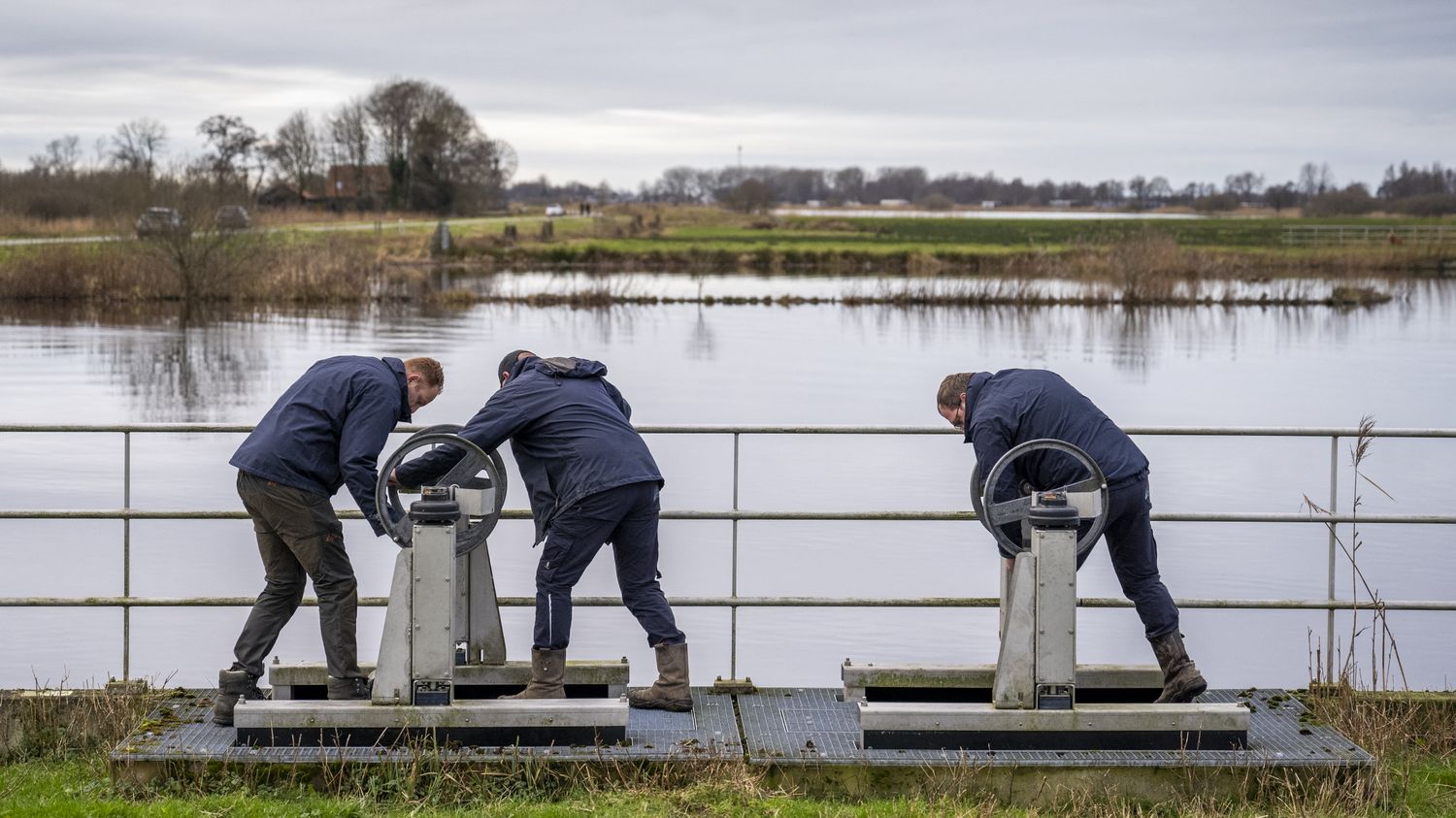While the north of France suffered two major floods in a few months, the Netherlands, part of whose territory is below sea level, has learned to manage these floods for centuries.
Published
Reading time: 2 min

While waiting for the recession to end in the north of France, elected officials are already thinking about the future. For example, the mayor of Saint-Omer was commissioned last November by Emmanuel Macron to find solutions to improve water evacuation systems. The mayor wants in particular “look at what has been done elsewhere”he told France 3 Nord, referring in particular to the Netherlands, whose territory has managed to protect itself from water.
Centuries-old expertise
However, the task was not easy for the Netherlands since a quarter of the country is located below sea level, not to mention the numerous rivers and canals which cross the country and also a large European river, the Rhine, which eventually flows into the sea in the Rotterdam area. In the Netherlands, the risk of flooding can come from almost anywhere, so we must provide security for the population, half of whom live in flood zones.
The Dutch combat this threat mainly by building dikes. They have always built them, from the year 1000 for the first ones, but it was in the 1950s that the country clearly accelerated. In 1953, dozens of dikes failed during a storm, creating a tidal wave that cost the lives of nearly 2,000 people. The following year, the Netherlands launched a very large project: the delta plan. It is the largest water defense structure in the world, whose construction will take 30 years, with taller and more resistant dikes.
Remarkable works
Today, there are more than 20,000 km of dikes, dunes and dams in the country. Some installations are very impressive. For example, the largest dike is 32 km long, 90 meters wide and 7 meters high. There is also the Maeslantkering, seen in the video below. These are two metal barriers 210 meters wide, each closing automatically when the water level rises above three meters near Rotterdam.
These installations, some of them impressive, are even highlighted on tourist sites in the Netherlands.
These installations have a significant cost: 30 billion euros by 2050 in particular to maintain the dikes and also anticipate global warming, particularly feared in the Netherlands where the sea could rise another meter by the end of the century.
Moreover, the Dutch strategy continues to evolve. Since the mid-2000s, the country has allowed its rivers to overflow in places. This is the “room for rivers” program, the principle of which is quite simple: let entire fields be flooded far upstream to lower the water level, downstream, to the level of the dike. This project cost more than two billion euros.
